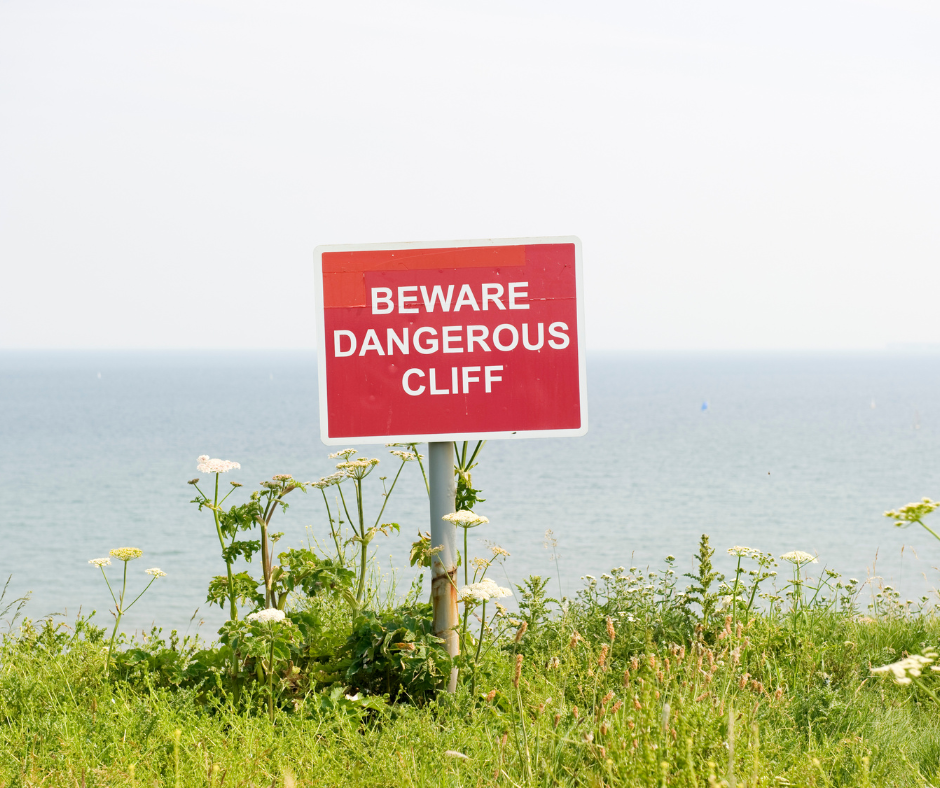
Camping in tropical climates is a thrilling adventure—an escape into nature’s untouched beauty, where the dense, lush jungles teem with life. However, this paradise comes with its own set of risks, and some of the most dangerous threats are barely visible to the naked eye: the bugs. These tiny creatures can carry illnesses, inflict painful bites, or cause severe allergic reactions that can quickly turn your dream trip into a nightmare. It is crucial to be aware, prepared, and proactive when venturing into the tropics.
In this guide, we’re not just talking about being cautious—we’re urging you to take action. Every camper must understand the risks posed by these bugs and how to avoid them. Your adventure should be about creating memories, not about battling with disease-carrying insects. Here’s why this matters right now.
Why Should You Care About Dangerous Bugs?
Camping is all about exploring the unknown and connecting with nature. But what happens if you ignore the danger of bugs? In tropical climates, these insects do more than just irritate; they are the carriers of severe and often life-threatening diseases. As you plan your camping trip, you cannot afford to take these risks lightly. From mosquitoes to ticks, the consequences of underestimating these bugs could be catastrophic. Taking the necessary precautions should be as important as packing your tent.
Mosquitoes: More Than Just a Nuisance
Mosquitoes are notorious in tropical climates. They are carriers of deadly diseases like malaria, dengue fever, Zika virus, and chikungunya. Just one bite from an infected mosquito can have serious consequences, and there’s often little warning before symptoms begin. The humid, warm environment of the tropics is perfect for breeding mosquitoes, which is why they thrive in these regions.
What can you do right now?
- Use insect repellent containing DEET, which is proven to deter mosquitoes effectively.
- Wear long sleeves and pants, especially during dawn and dusk when mosquitoes are most active.
- Set up a mosquito net around your sleeping area. Don’t assume that a tent is enough. Mosquitoes can easily sneak in if you’re not vigilant.
- Drain any stagnant water around your campsite. Mosquitoes breed in still water, so even a small puddle can become a breeding ground.
Ticks: The Silent Threat
Ticks may seem less threatening because they don’t fly, but don’t be fooled. In tropical regions, ticks can transmit Lyme disease, Rocky Mountain spotted fever, and other bacterial infections. These tiny creatures latch onto your skin and can stay hidden for hours or even days while feeding on your blood. The diseases they carry can lead to long-term health complications.
Act Now: Protect Yourself from Ticks
- Always check your body after hiking or spending time outdoors. Ticks can hide in places like your armpits, behind your knees, and even in your hair.
- Wear light-colored clothing, which makes it easier to spot ticks.
- Use a tick repellent on your clothing and skin.
- Tuck your pants into your socks or boots when hiking to reduce the chances of ticks climbing up your legs.
- Inspect your gear and pets. Ticks can hitch a ride back to camp on your belongings or pets.
Fire Ants: Small but Fierce
Fire ants are common in many tropical environments and can become a major threat if disturbed. A single sting from a fire ant can cause extreme pain, swelling, and even anaphylactic shock in people who are allergic. Fire ants build mounds, often hidden under foliage, and will attack in swarms when their nest is threatened. One wrong step near a fire ant mound could lead to dozens of stings.
What Should You Do?
- Scout the area before setting up camp. Look for signs of fire ant mounds and avoid pitching your tent near them.
- Wear closed-toe shoes and long pants. Fire ants are more likely to sting your feet and legs if they are exposed.
- Have an antihistamine or an epinephrine injector (EpiPen) on hand if anyone in your group has known allergies to insect stings.
Botflies: A Creepy Reality
In some tropical regions, botflies pose a particular danger. These insects don’t bite or sting, but they use mosquitoes or other flies to lay their eggs on your skin. Once hatched, the larvae burrow into the skin, causing painful boils and infections. While rare, botfly infections can be excruciating and require medical intervention to remove the larvae.
Avoid Becoming a Host for Botflies
- Use strong insect repellent to protect yourself from flies and mosquitoes, which can carry botfly eggs.
- Cover exposed skin whenever possible.
- Seek immediate medical help if you suspect botfly larvae are embedded in your skin.
Centipedes and Scorpions: Painful Stings
Centipedes and scorpions are often found in tropical environments and are known for their painful stings and bites. While their venom is rarely fatal, it can cause intense pain, swelling, and allergic reactions. The tropical centipede, in particular, can be aggressive and will defend itself if disturbed.
How to Stay Safe:
- Shake out your shoes, clothing, and bedding before using them. Scorpions and centipedes often seek shelter in dark, enclosed spaces.
- Never leave your tent or sleeping bag unzipped, especially at night when these creatures are more active.
- Carry a first aid kit that includes treatment for stings and allergic reactions.
The Urgency of Preparation
Why does all of this matter? Because your safety is in your hands. Tropical climates are a haven for adventurers, but they can also become a battleground if you are not properly prepared. Dangerous bugs don’t just pose a risk—they represent a real and immediate threat to your health. Whether you’re a seasoned camper or a first-timer, understanding these dangers and taking proactive steps is non-negotiable.
Every bug bite, every sting, and every infestation has the potential to derail your adventure, cause serious health issues, and even threaten your life. The time to act is now—before you’re in the thick of the jungle, facing these dangers unprepared.
Ready to Protect Yourself?
Don’t wait until you’re in the middle of the wilderness. Equip yourself with the right gear, knowledge, and tools to stay safe from dangerous bugs. Every adventure should be exciting and fulfilling—not a story about how you barely survived a tropical disease.
As the founder of Ready For Camp, I urge you to prioritize your health and safety on your next camping trip. Your adventure awaits, but it should never come at the expense of your well-being. Take control of your camping experience and arm yourself against the dangers of tropical bugs. Your life—and your unforgettable experience—depends on it.
Conclusion: Your Adventure, Your Responsibility
Camping in tropical climates is one of the most exhilarating experiences nature can offer, but with great adventure comes great responsibility. Bugs may be small, but their impact can be huge if you’re unprepared. Protect yourself, protect your group, and take action now to ensure your camping trip is everything you dreamed it would be—without the unwanted intrusion of dangerous insects.
Adventure awaits, but safety comes first.
